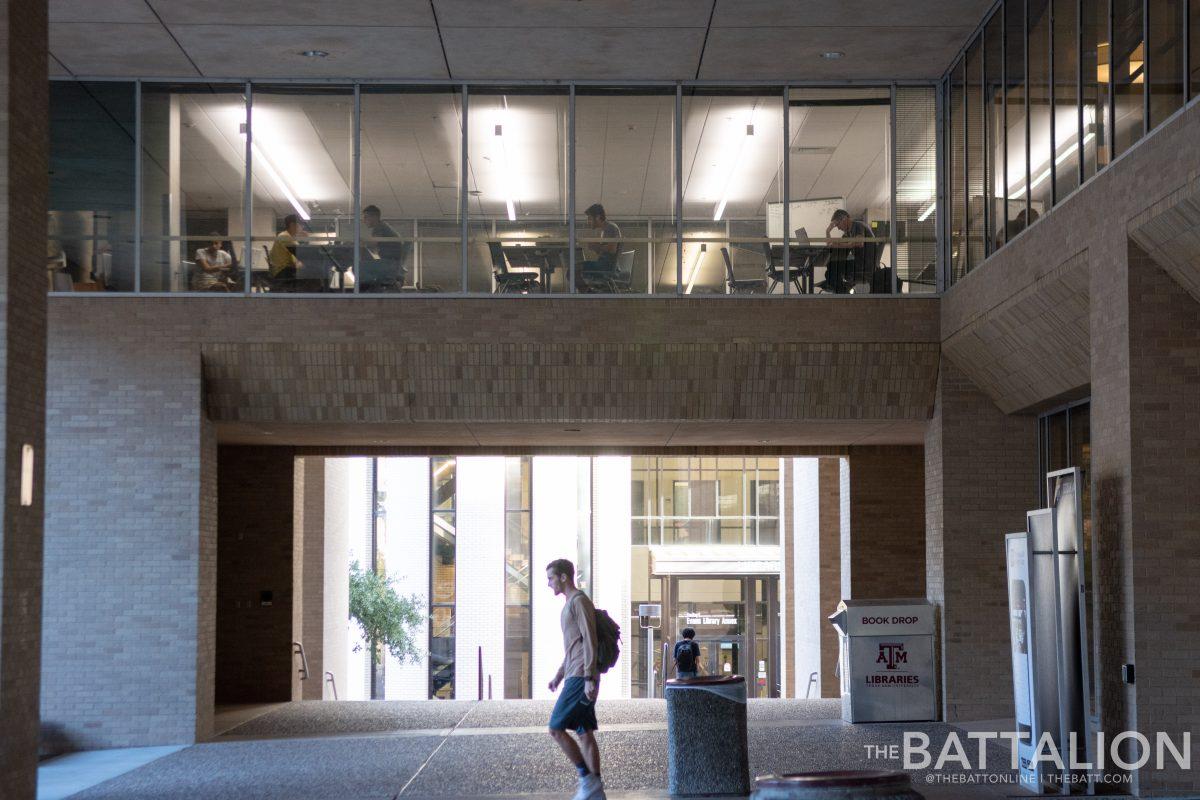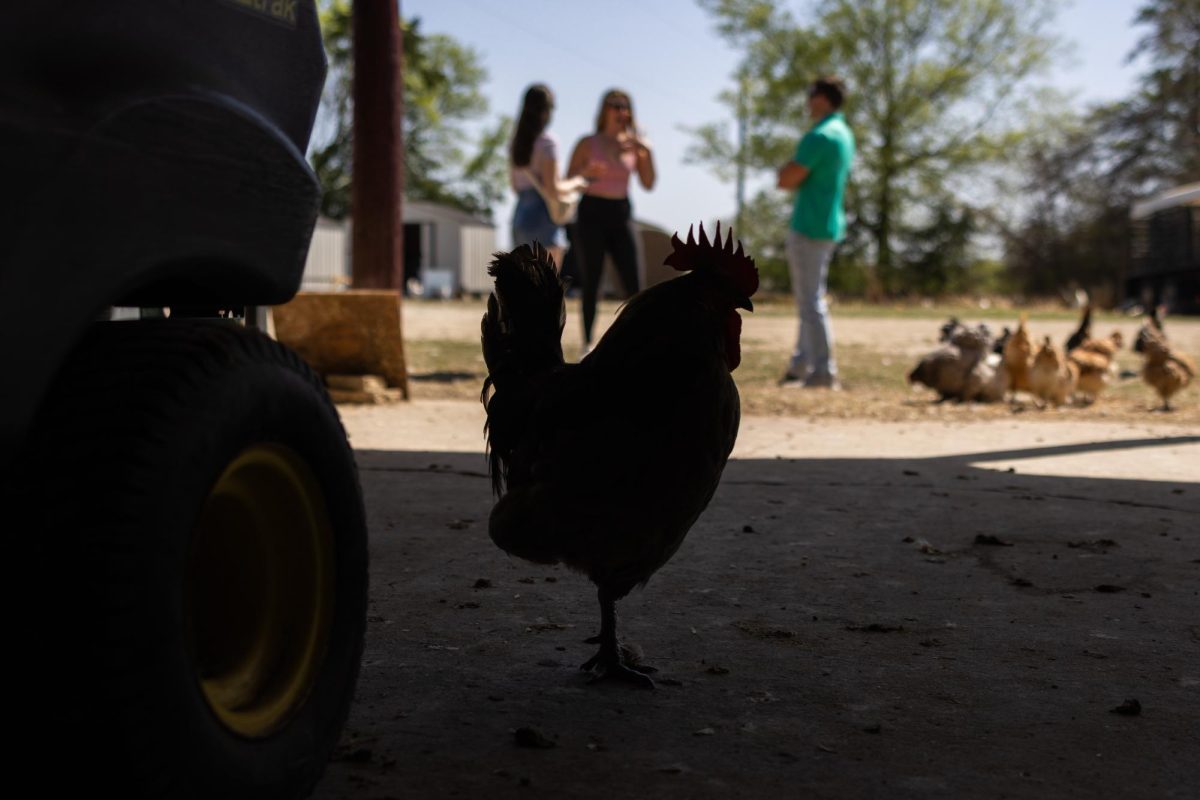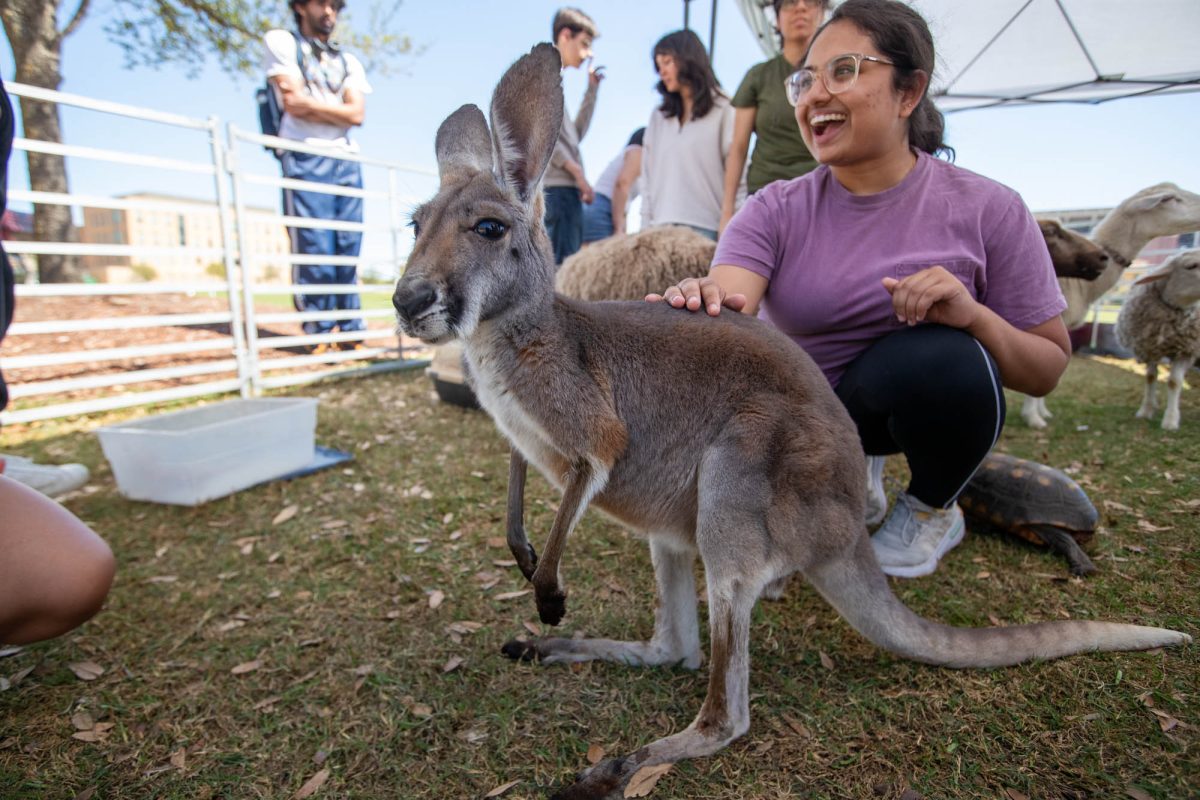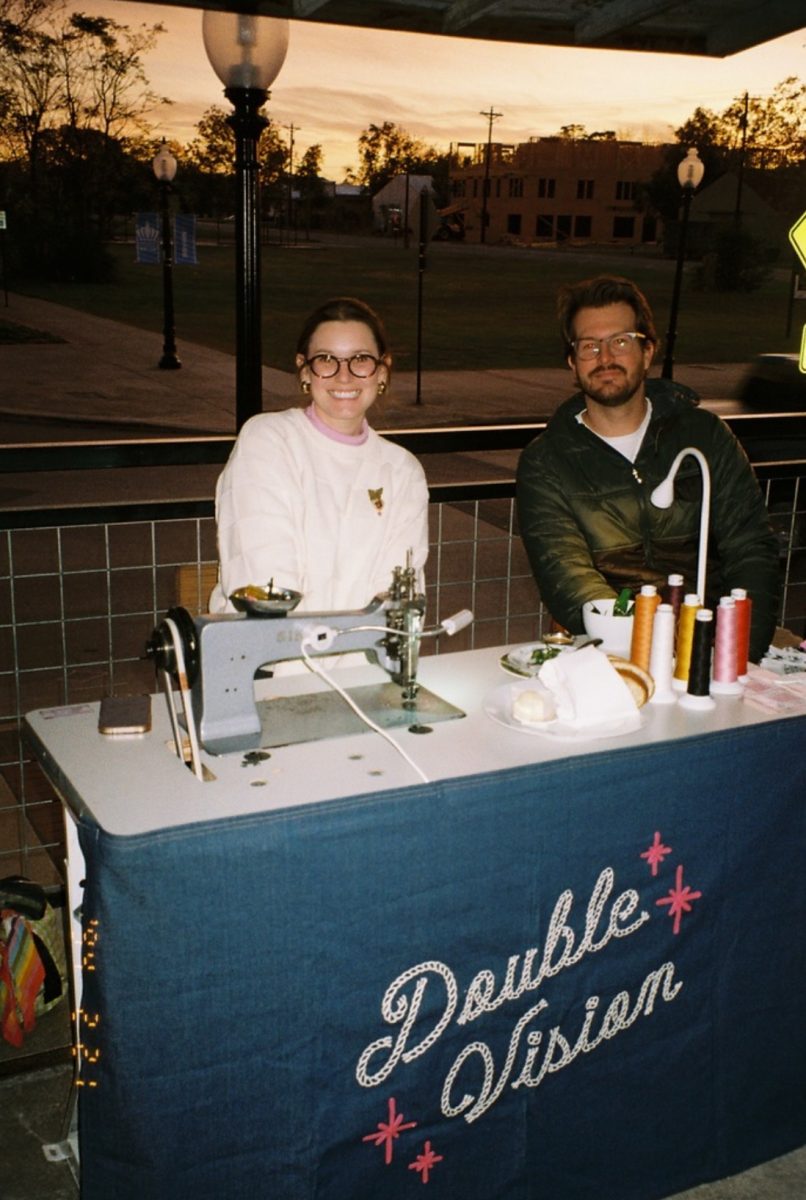Promoting accessible research will be the central focus for Texas A&M University Libraries as they celebrate the 11th annual International Open Access Week Monday through Sunday.
Open Access Week is a global effort among libraries and research institutions that started in 2007. According to the Scholarly Publishing and Academic Resources Coalition, open access is defined as “the free, immediate, online availability of research articles combined with the rights to use these articles fully in the digital environment.” This year’s campus events will include a documentary screening and lectures from Texas A&M’s dean of libraries and the co-founder of Retraction Watch.
Director of the Office of Scholarly Communications Bruce Herbert has organized Open Access Week at A&M since the university started participating in 2013.
“Open Access is an issue that libraries have embraced all over the world,” Herbert said. “It’s a really simple idea, but it’s really powerful.”
According to Herbert, there are more than 100,000 scholarly journals in the world, and about 20,000 of them are open access. Texas A&M University Libraries currently subscribes to about 75,000 journals and pays about $24 million per year in subscription fees.
“[Many students] conduct some kind of research and many times, they publish their work,” Herbert said. “You do all that work, you submit it to a journal, and then we have to buy it back, and you don’t get paid anything. It’s crazy.”
However, open access journals don’t require a subscription fee and only charge the author a small fee to publish an article. Digital Collections Management Librarian David Lowe said using open access journals is the best option for research authors and consumers.
“We see the cost [of journal subscriptions] going up way beyond inflation rates [and] even profit rates of other businesses of other industries,” Lowe said. “Open access [allows the libraries to] provide access to [journals] with different arrangements of making sure the money goes to the right places so that people get paid for the work that they do.”
Open access also applies to textbooks. Biology senior lecturer Andrew Tag helped put open access textbooks into use in all BIO 111 and 112 classes this semester. Normally, the biology textbooks cost around $200, but now they use OpenStax. According to Herbert, this change has saved about $600,000.
“[Biology instructors] already knew that a significant proportion of our students did not get a textbook, and it wasn’t because they didn’t want one,” Tag said. “Even a used textbook is not cheap.”
Using a free online textbook has given the professors more flexibility in designing coursework because introductory courses do not need some of the information present in commercial textbooks. Students are also given the option to use the free online textbook or to buy the printed copy for around $50.
“One of the cool things that I’ve seen is that I have students come in now with [the book on their] tablet, and they’re taking notes in the actual book,” Tag said. “Before, that almost never happened, partly because they would have this enormous text that weighed like 500 pounds, and they’re blowing out a disk in their back carrying it across campus.”
The university libraries also help faculty and graduate students publish their research in open access journals with the Open Access to Knowledge Fund. Associate professor of veterinary integrative biosciences Sarah Hamer has published four articles using OAKFund.
“As our research team is growing, we’re able to do more research and publish more papers,” Hamer said. “We really want others to be able to read and build on our research findings, and we would hate for there to be a barrier.”
For a full list of Open Access Week events, visit library.tamu.edu.










